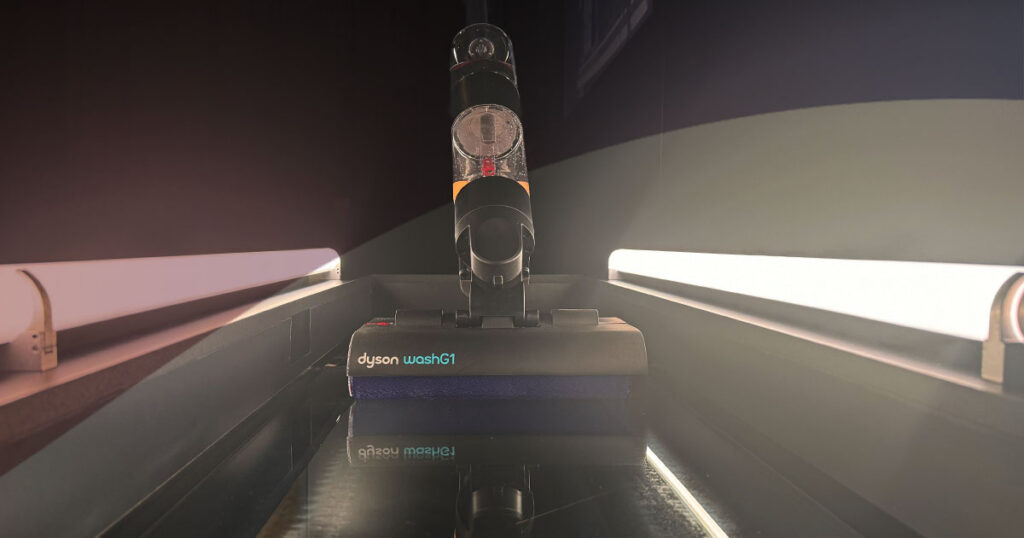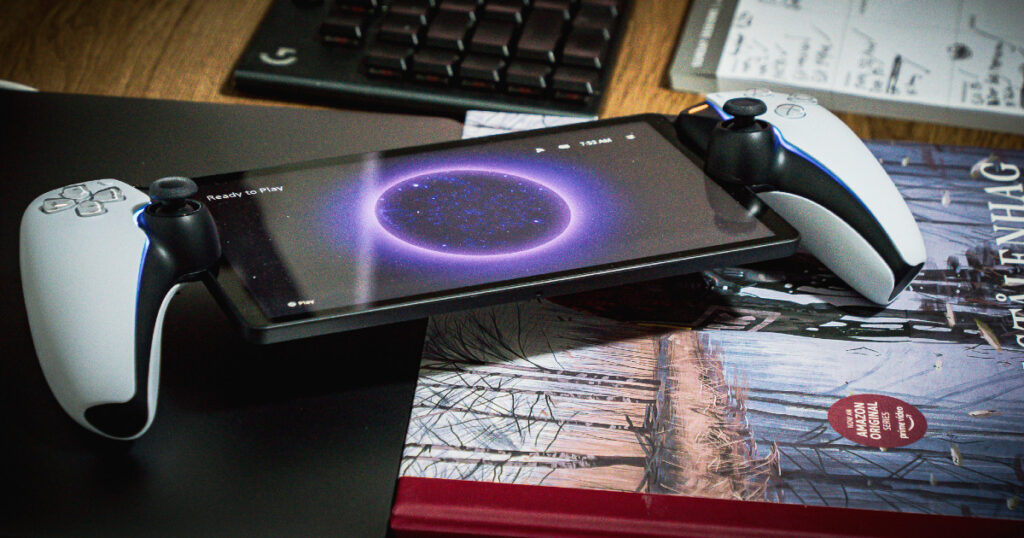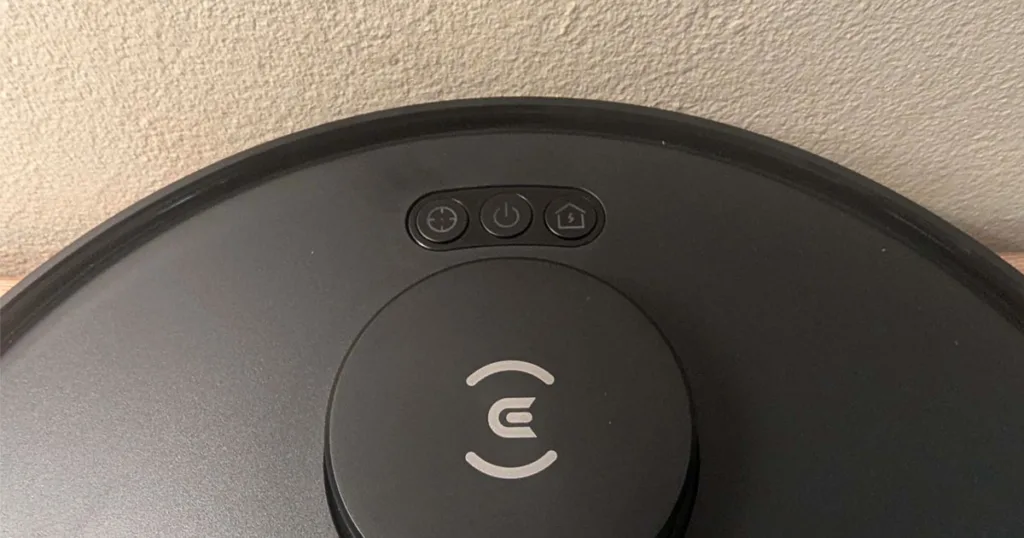A vacuum without suction.
Dyson WashG1 hands-on review: Mopping but make it Dyson
In some ways Dyson's first dedicated wet floor cleaner is a typical Dyson product, and in others it is something else entirely.
The WashG1 ultimately over-engineers mopping - something we have been doing since the 1400s. Yet instead of leaning into the multitude of ways we have already advanced the practice such as steam, or vibration, Dyson concocted a whole new system using rotation and microfibre. That in itself is quintessentially Dyson.
Conversely, in what feels like defiance to the typical brand archetype, the WashG1 neither sucks or blows. In fact it doesn't use air at all. Sure, Dyson has been leaning away from purely harnessing air, but it still feels counterintuitive for a floor cleaner from this brand to not have any suction.
While we haven't had a chance to spend extended time with the WashG1 yet, we did get some hands-on time prior to the product launch. This review is our first impressions of the new floor cleaner, but we'll have a more in depth review coming up soon.

Rather than using water and suction to vacuum and mop at the same time, the Dyson WashG1 uses water combined with two sets of rolling barrels with a thick microfibre coating.
Rotating in opposite directions, the microfibre rollers aggitate the floor debris from multiple angles to pick up stains from hard floors. As they roll inward, a set of hard bristled brush bars scrape excess water and hard debris off the microfibre and flick it into a waste tray to be seperated out.
In demos the system looks to perform with a couple of passes on spills like cereal, coffee, and vegemite.
What we like
Debris seperation system is an excellent addition: Most wet vacuums have a pretty simple system; the clean water comes out, the dirty water gets sucked back up with all the extra debris. In my experience the hard debris that ends up in the dirty water tank can be tedius to deal with. It sticks to the tank making it harder to clean, and anything that doesn't stick needs to be filtered out when disposing of the dirty water.
The hard debris seperation system on the WashG1 cuts out these steps. Ultimatley it is a sieve, catching the big pieces but allowing the water to filter through. Admittedly the tray is not very big, spanning the length of the rollers but sitting less than a centimetre deep. How much this can actually hold depends on the type of debris, but Dyson says it can hold up to 190g of rice as a point of reference.
Actually easy to clean: From the cramped bins to the slim necks Dyson vaccuum cleaners are notoriously difficult to clean. Here the WashG1 bucks that trend. With simple clean and dirty water tanks that are dishwasher safe, and removeable rollers this floor cleaner should cut back your cleaning time on two fronts.
Great manouverability: Despite being heavier than your usual stick vacuum, the WashG1 is real easy to manouvere. Other wet vacuums we've tested like the Mach V1 Ultra, have really picked up momentum as you clean, making them feel unruley and difficult to handle. The WashG1 doesn't have this problem, using Dyson's Omni-glide technology to make it easier to swing at tight angles, with good balance and weight support. Even though it weights in at 4.843kg without including the extra 1kg from the water tank, it feels much lighter.

What could be improved
Cold water only: Even though it looks like a steam mop, the WashG1 does not use steam and can only handle warm water at best. This feels like a missed opportunity. I, like many other people, have been pretty sure that you needed to use hot water to properly clean floors. As it turns out, that is a myth (or maybe a Mandala effect?).
According to many sources, cold water when mixed with a cleaning solution is just as effective at removing bacteria from surfaces as hot water is. The cleaning solution does most of the heavy lifting there clearly, but there is something in my brain that finds the idea of giving up hot water mopping offensive. I would have loved to see Dyson incorporate steam into the WashG1 as well, but hey maybe on the Wash G2?
Self cleaning doesn't totally dry the rollers: The WashG1's self cleaning mode takes about two minutes, purging fresh water on to the rollers and whipping them around to ensure they're clean for the next run. The excess water from the rollers is squeegeed off by the hard bristled brush, but since there is no air or heat element they don't get 100% dry.
I don't love the idea of having a damp mop sitting in the corner of the house, it feels like over time this could end up letting off some upsetting smells and even mould in particularly bad conditions.
After our limited hands-on time the Dyson WashG1 looks promising. Practically it performed well against different kinds of spills and messes, and the thoughtful design cuts out a handful of pain points we've seen on other wet vacuums.
How it performs in the less controlled environment of real life is yet to be seen, but Dyson seems to be carving out its place in floor cleaning away from suction.
Related Articles





